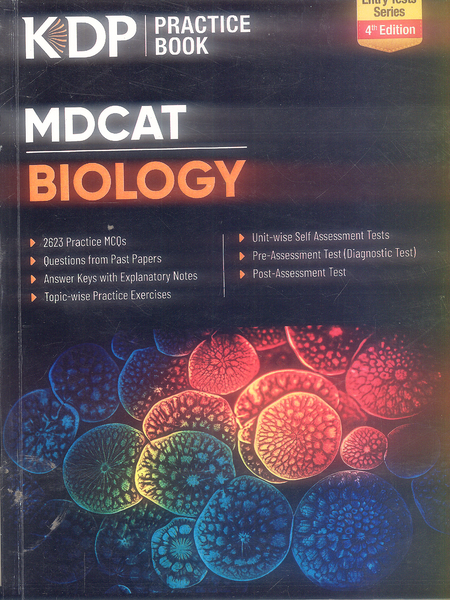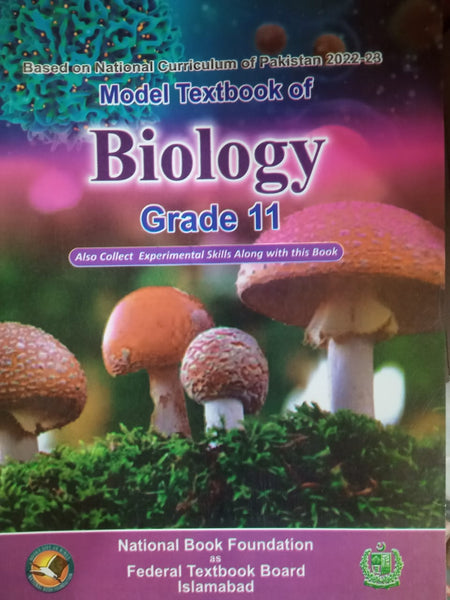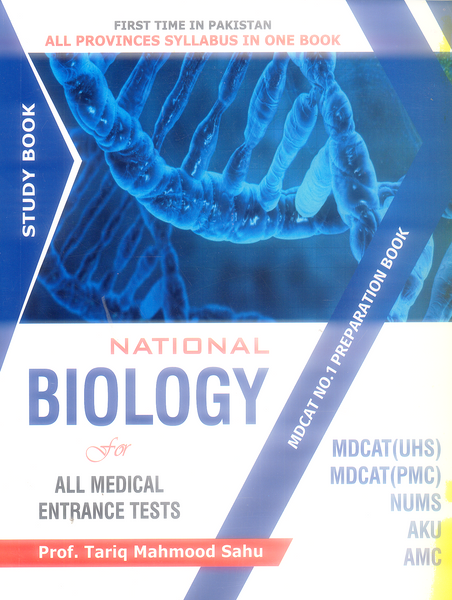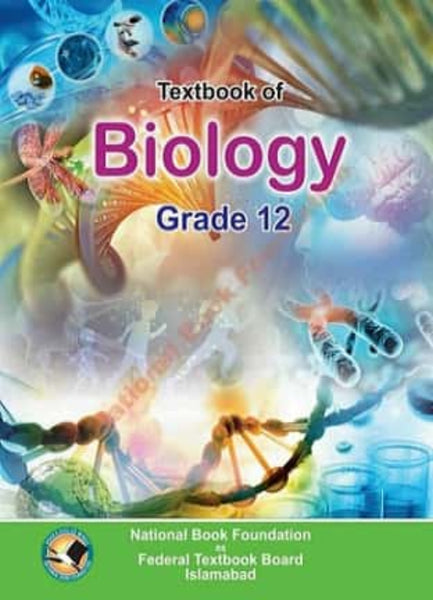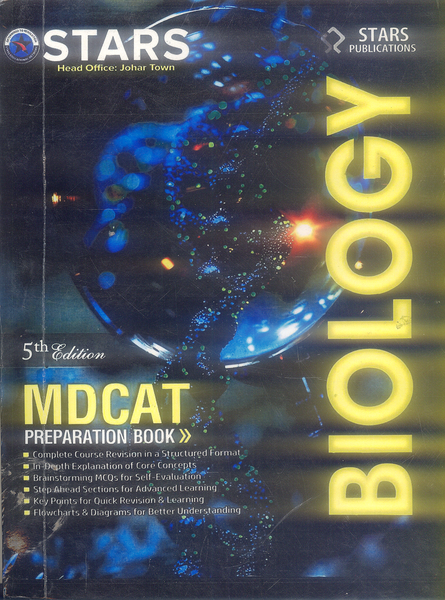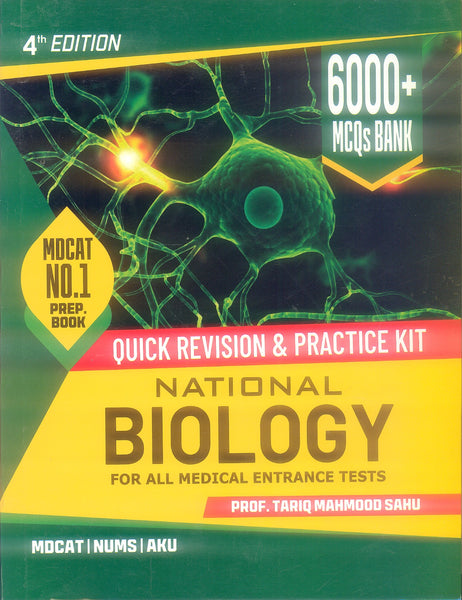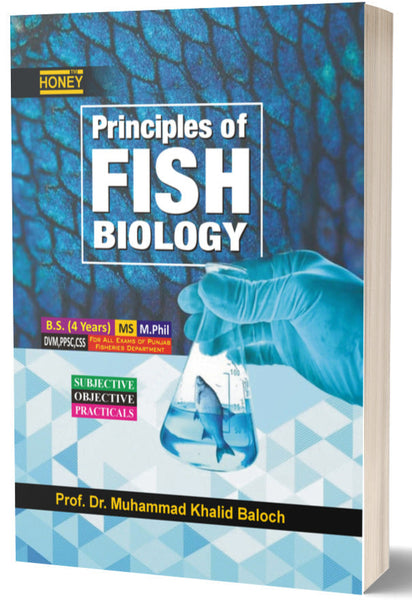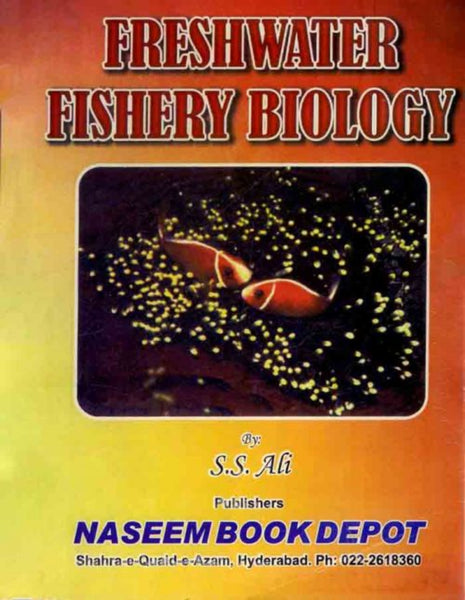Examining Ecology: Exercises in Environmental Biology and Conservation by Paul A Rees (Author)
- Publisher: ZOOLOGY
- Availability: In Stock
- SKU: 49347
- Number of Pages: 415
Rs.950.00
Rs.1,295.00
Tags: best books , Best Price , Best Selling Books , Biology and Conservation Studies , Biology for Environmental Science , Conservation and Ecology , Conservation Biology , Conservation Education , Ecological Conservation Activities , Ecological Science , Ecological Studies , Ecology and Conservation , Ecology and Environmental Science , Ecology Education , Ecology Exercises , Ecology Exercises for Students , Ecology for Environmental Education , Ecology Practical Exercises , Ecology Workbook , Environmental Biology , Environmental Biology Activities , Environmental Biology and Conservation , Environmental Biology Exercises , Environmental Biology Studies , Environmental Conservation , Environmental Conservation Practices , Environmental Science and Conservation , Environmental Science Exercises , Examining Ecology , Exercises in Environmental Biology , ONLINE BOOKS , Online Bookshop , Practical Ecology Studies
Examining Ecology: Exercises in Environmental Biology and Conservation by Paul A. Rees is a comprehensive guide designed to provide practical, hands-on experience in the study of ecology and conservation. This book offers a collection of exercises that explore key concepts in environmental biology, such as ecosystems, biodiversity, and conservation strategies. Through a series of fieldwork and laboratory activities, students gain a deeper understanding of ecological processes and how human activities impact the environment. Ideal for both beginners and advanced students, this book fosters critical thinking and problem-solving skills, encouraging students to engage actively with ecological research and conservation issues.
Key Points:
-
Hands-On Learning: Provides practical exercises that encourage students to actively engage in ecological fieldwork and laboratory activities.
-
Understanding Ecosystems: Explores the structure, function, and dynamics of ecosystems, focusing on how energy flows and nutrients cycle within them.
-
Biodiversity and Conservation: Examines the importance of biodiversity and the methods used to conserve species and ecosystems under threat.
-
Environmental Impact: Investigates how human activities, such as pollution, habitat destruction, and climate change, affect the environment and biodiversity.
-
Field and Laboratory Activities: Includes both field-based and lab-based exercises, providing students with real-world data to analyze and interpret.
-
Ecological Methodology: Teaches students the methodologies used in ecological research, including data collection, analysis, and interpretation.
-
Conservation Strategies: Discusses various strategies for preserving ecosystems, focusing on sustainable practices and conservation planning.
-
Global and Local Perspectives: Covers both global ecological issues and local environmental challenges, helping students understand the broader context of conservation work.
-
Critical Thinking and Problem Solving: Encourages students to critically evaluate ecological data and develop solutions for environmental problems.
-
Support for Instructors: Includes guidance for instructors to integrate the exercises into curricula, with tips on how to facilitate effective learning experiences.
Conclusion:
Examining Ecology: Exercises in Environmental Biology and Conservation is an essential resource for students and educators interested in ecology, environmental science, and conservation. By combining theoretical concepts with practical, hands-on exercises, the book enhances students’ understanding of ecological principles and encourages active participation in environmental stewardship. It equips readers with the knowledge and skills needed to critically assess and contribute to the preservation of natural environments.
════ ⋆★⋆ ═══
Writer ✤ Paul A. Rees (Author)



